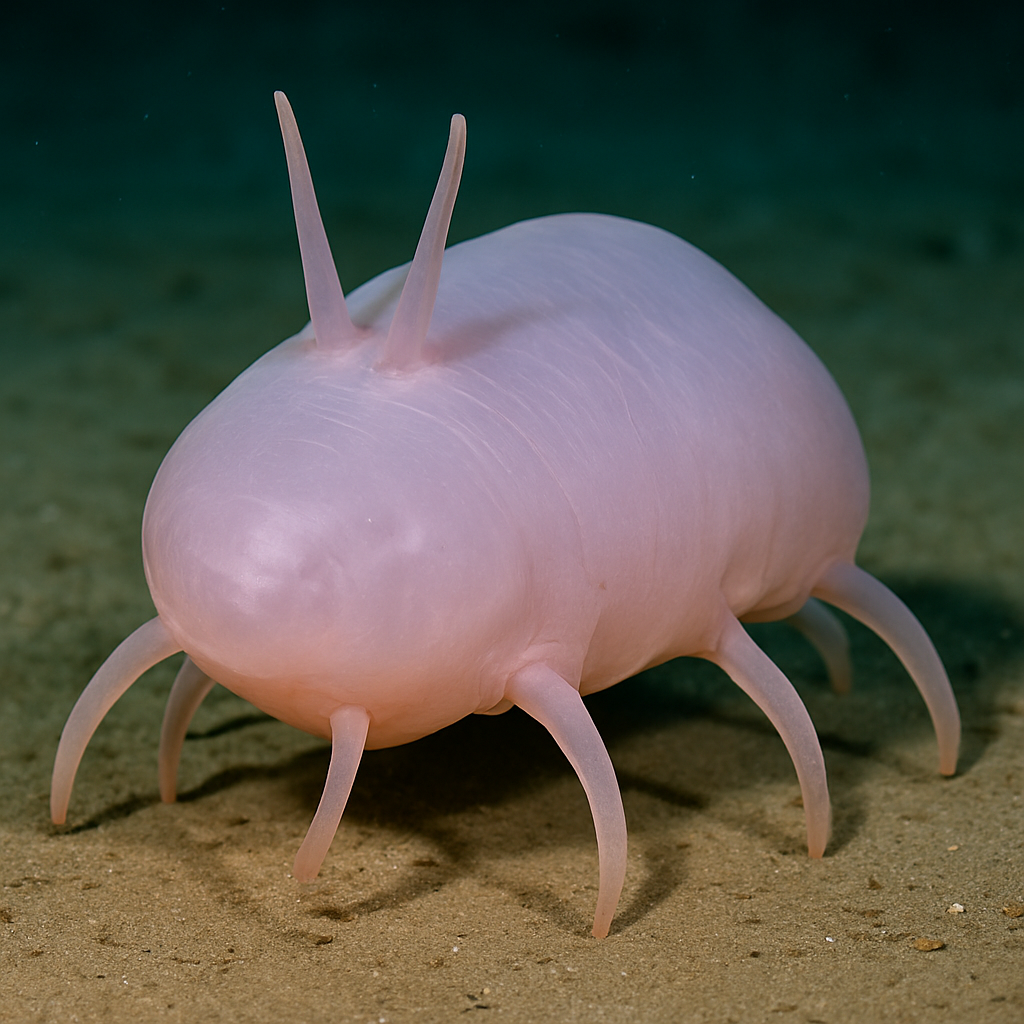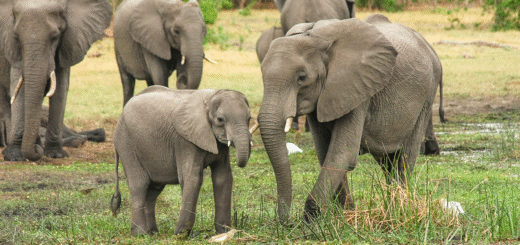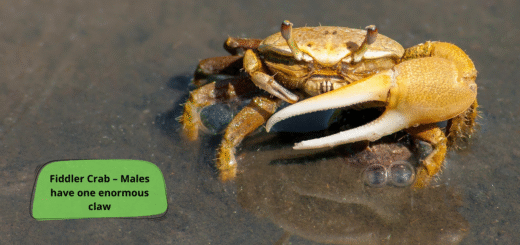Discover the Fascinating Sea Pig: A Deep-Sea Creature Unlike Any Other
The Sea Pig, a mysterious and otherworldly creature of the deep, has garnered attention for its unique appearance and behavior. Often mistaken for a creature from science fiction, this marine animal is far more than just a bizarre-looking organism. In this article, we’ll explore the habitat, characteristics, and ecological significance of the Sea Pig, offering an in-depth look at one of the ocean’s most unusual inhabitants.

What is a Sea Pig?
The Sea Pig, scientifically known as Scotoplanes, belongs to the class Holothuroidea, more commonly known as sea cucumbers. These fascinating creatures are found in the deep ocean, particularly around the ocean floors at depths ranging from 2,000 to 7,000 meters. Though it’s easy to mistake them for simple blobs of gelatin, Sea Pigs play a crucial role in the marine ecosystem.
Key Characteristics of the Sea Pig
- Shape and Appearance: Sea Pigs have a somewhat bulbous, soft, and translucent body that resembles a small, bloated pig. They move using numerous small tube feet that cover their body, allowing them to “walk” along the ocean floor in a manner similar to how land animals use legs. Their pale, pinkish hue, combined with their curious, undulating movement, makes them seem almost like an alien creature.
- Size and Longevity: Typically, Sea Pigs grow to be about 10-12 centimeters long, though some individuals can reach lengths of up to 20 cm. These creatures are known to live for several years, surviving in the harsh conditions of the deep sea where light is scarce and pressure is immense.
- Diet and Feeding: Sea Pigs are detritivores, meaning they feed on organic material that has sunk to the ocean floor, including dead fish, plant matter, and other debris. Using their tentacle-like structures, Sea Pigs sift through the ocean floor to extract nutrients, playing an essential role in recycling organic matter in the deep-sea ecosystem.
- Movement and Behavior: One of the most fascinating aspects of the Sea Pig is its movement. While it may appear sluggish, the Sea Pig is equipped with specialized tube feet that allow it to glide across the ocean floor. They are also capable of burrowing into the sediment to hide from predators or environmental stress.
Where Do Sea Pigs Live?
Sea Pigs inhabit the deep, dark waters of the Atlantic and Pacific Oceans, typically residing at depths between 2,000 and 7,000 meters. These creatures thrive in environments with high pressure, low temperatures, and minimal light—conditions that most animals would find uninhabitable. Sea Pigs are often found in abyssal plains, an expanse of the ocean floor characterized by sediment-rich terrain.
Despite their remote habitat, Sea Pigs have become more well-known thanks to advancements in deep-sea exploration. With submersibles and remotely operated vehicles (ROVs), scientists have been able to study these creatures in their natural environment and document their behavior for the first time.
Ecological Role of the Sea Pig
Sea Pigs play a vital role in maintaining the health of the ocean ecosystem. As detritivores, they help break down and recycle organic material that sinks to the ocean floor, turning dead plant and animal matter into valuable nutrients that support other forms of marine life. Without creatures like the Sea Pig, much of the ocean’s biomass would remain trapped at the bottom, unable to be utilized by other species.
Their feeding activity also helps oxygenate the sediment, contributing to the overall health of the seabed ecosystem. By disturbing the ocean floor in their search for food, Sea Pigs help to keep the sediment in motion, allowing for the diffusion of gases and nutrients that benefit surrounding organisms.
Fascinating Facts About Sea Pigs
- Name Origins: While their name may suggest a more terrestrial animal, the Sea Pig’s title comes from its pig-like appearance and distinctive, rounded body. Their waddling motion also contributes to this comparison.
- Mimicry: The Sea Pig’s soft, gelatinous body allows it to blend into the surrounding ocean floor, providing protection from predators such as larger fish and crustaceans.
- Resilient Creatures: Sea Pigs are well-adapted to life in extreme conditions. They are capable of surviving in some of the coldest, darkest, and most high-pressure environments on Earth, showcasing the incredible resilience of marine life.
- Social Behavior: While not much is known about their social interactions, Sea Pigs are often seen in groups, sometimes in the hundreds, sharing the same feeding grounds. This clustering may serve as protection or help in finding food.
The Importance of Protecting the Deep Sea
As human activity continues to impact the world’s oceans, including deep-sea mining, pollution, and overfishing, the habitats of Sea Pigs and other deep-sea creatures are at risk. The deep ocean is one of the least explored ecosystems on the planet, and it’s home to many species we have yet to discover.
Protecting these habitats is essential not only for the survival of creatures like the Sea Pig but also for the overall health of our planet. Scientific research into these environments can help us understand the impact of human activities on marine biodiversity and create better policies for sustainable ocean management.
Conclusion
The Sea Pig may look like something out of a science fiction movie, but it is a real and remarkable animal that plays an important role in the ocean’s ecosystems. From its strange appearance to its vital function in recycling organic material, the Sea Pig is an excellent reminder of the mysteries that still lie deep beneath the surface of our planet’s oceans. As we continue to learn more about these extraordinary creatures, it’s crucial that we work toward preserving their unique habitats for future generations to appreciate and study.








